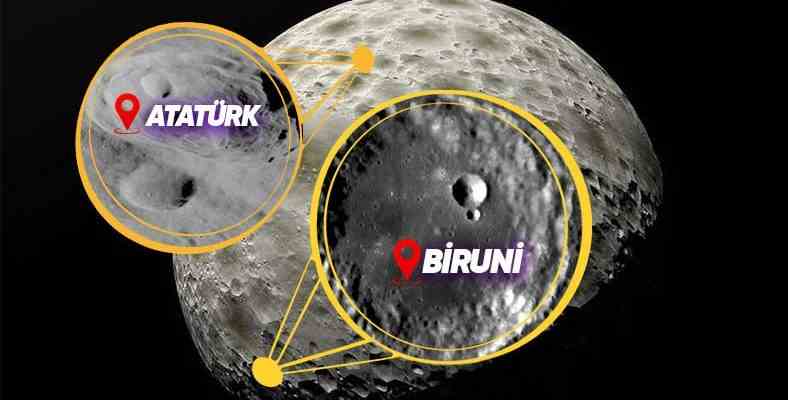Let’s admit that before reading this list, “how many Turkish names can we come across?” you thought. However, while we were preparing the Turkish names given to these places in space, we got lost in the depths of space!
On the surface of the Moon, some light and some dark areas that are not the same brightness and color attract our attention. Lunar formations Many of these places, which are called Turkish, were given Turkish names. Have you ever wondered why these many names appear in some parts of space?
Although we said that our chest swelled while preparing the list, the most exciting thing for us was the existence of a crater named Atatürk. He also pioneered the publication of Turkey’s first cosmography book. From the great leader to Fatih Sultan Mehmet, from Mimar Sinan to Halide Edip Adıvar, our important names are on the moon, a source of pride for us Turks.
Why is the moon so important to human beings?
closest celestial body to earth A trip to the moon, is the starting point of space exploration and opens the horizon for people to learn about the formation of the universe. Of course, space exploration isn’t just about learning about the origins of the universe. It is also being investigated whether there is life or new energy sources on other planets. In addition, the pride and self-confidence of a country that can reach the Moon cannot be ignored.
Even though we have not been able to send any vehicles to date, there are traces of Turks on the Moon.
Founder of the International Lunar Society in England, president of the British Astronomical Association Lunar Section, faculty member of the Royal Astronomical Society, Dr. After 20 years of work, Hugh Percy Wilkins produced the best map of the Moon ever. Wilkins gave Turkish names to some craters and a mountain range on the Moon. Here are those names…
1- Mustafa Kemal Ataturk
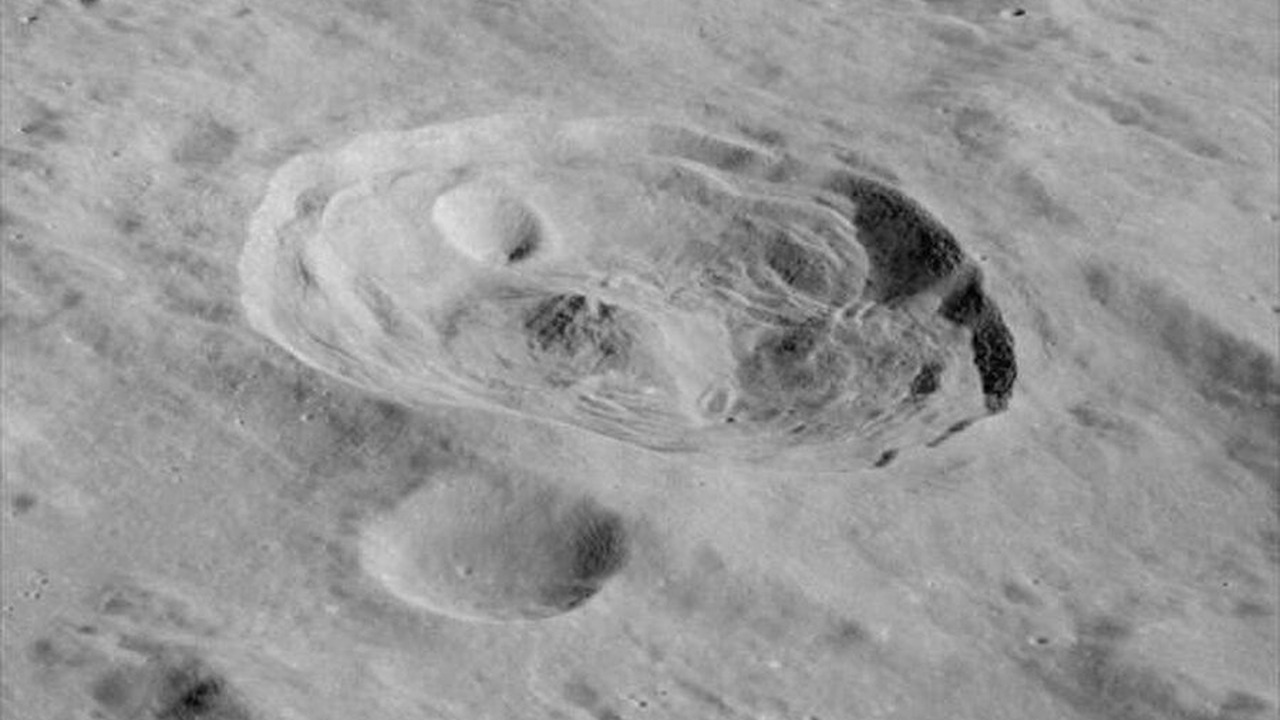
The craters around the main crater, named after the Danish astronomer Roemer, are labeled with the letters A, B, and C. However by consensus in 1956, who has published many studies on the moon and its craters, Dr. In Hugh Percy Wilkins’ atlases, the largest crater after Römer was named Atatürk.
Ataturk Crater, It is a deep ring-shaped crater with a diameter of 28,962 kilometers. The height of the central hill is 30 meters. Most sources still refer to crater “A” as it is the rule that craters should not be given political names.
2- Fatih Sultan Mehmet
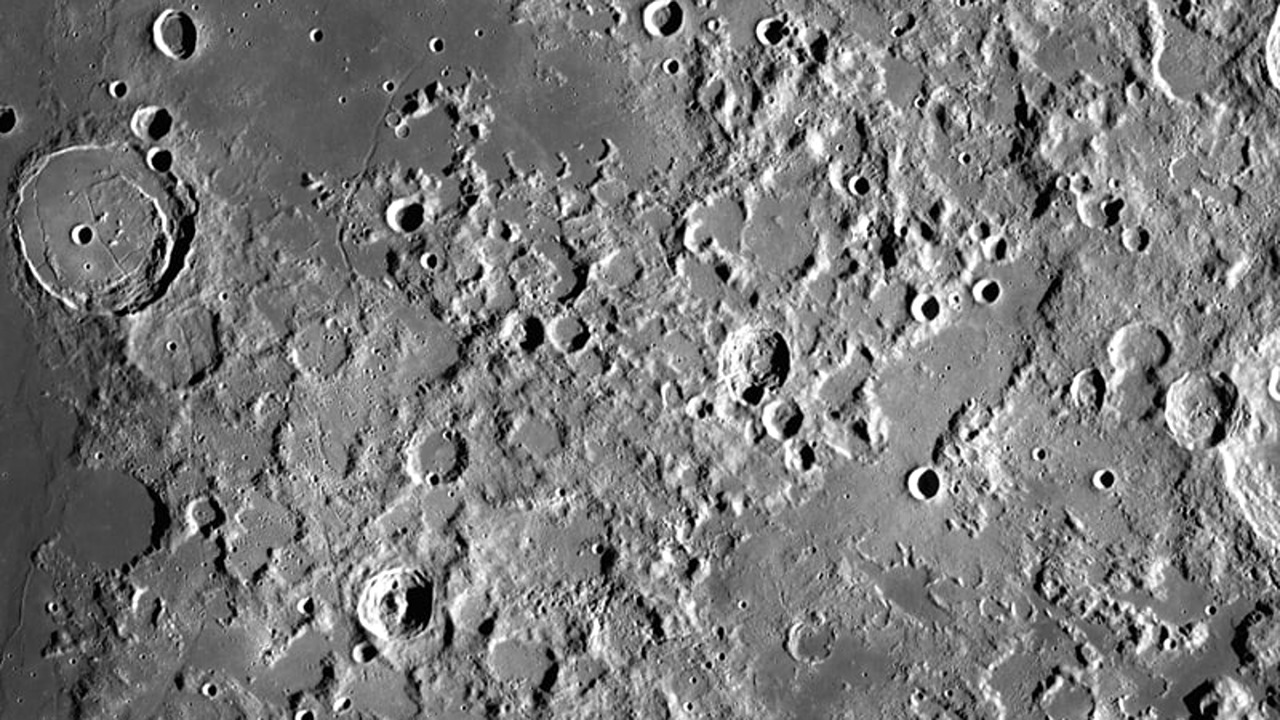
Located in the Taurus Mountains on the lunar surface and Fatih Crater, which took this name in 1958, also has a diameter of 60 km. It is an open-mouthed crater and surrounded by many large and small craters. It is very close to the Ataturk crater.
3- Ali Kuşçu
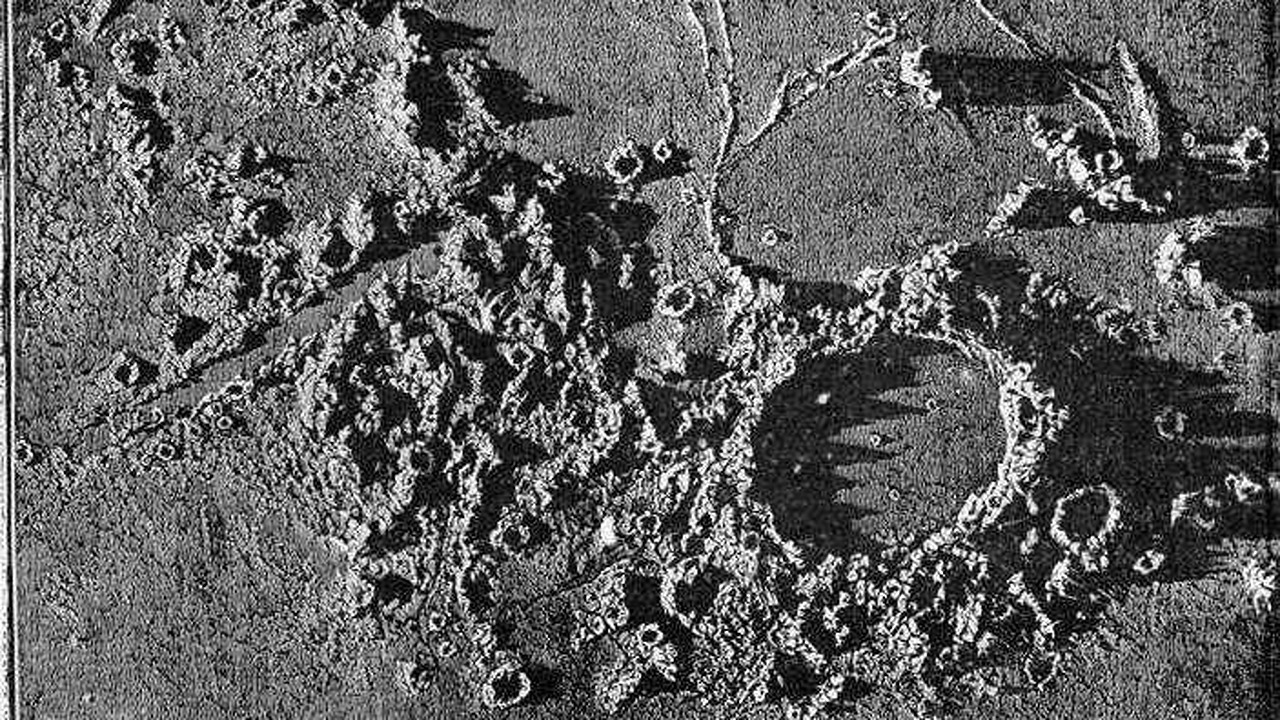
Fully-circular, as if drawn by a compass Ali Kuşçu crater is 60 km in diameter. The name of Ali Kuşçu, who carried out important studies in the field of astronomy, was given by the astronomer Wilkins.
4- Ulug Bey
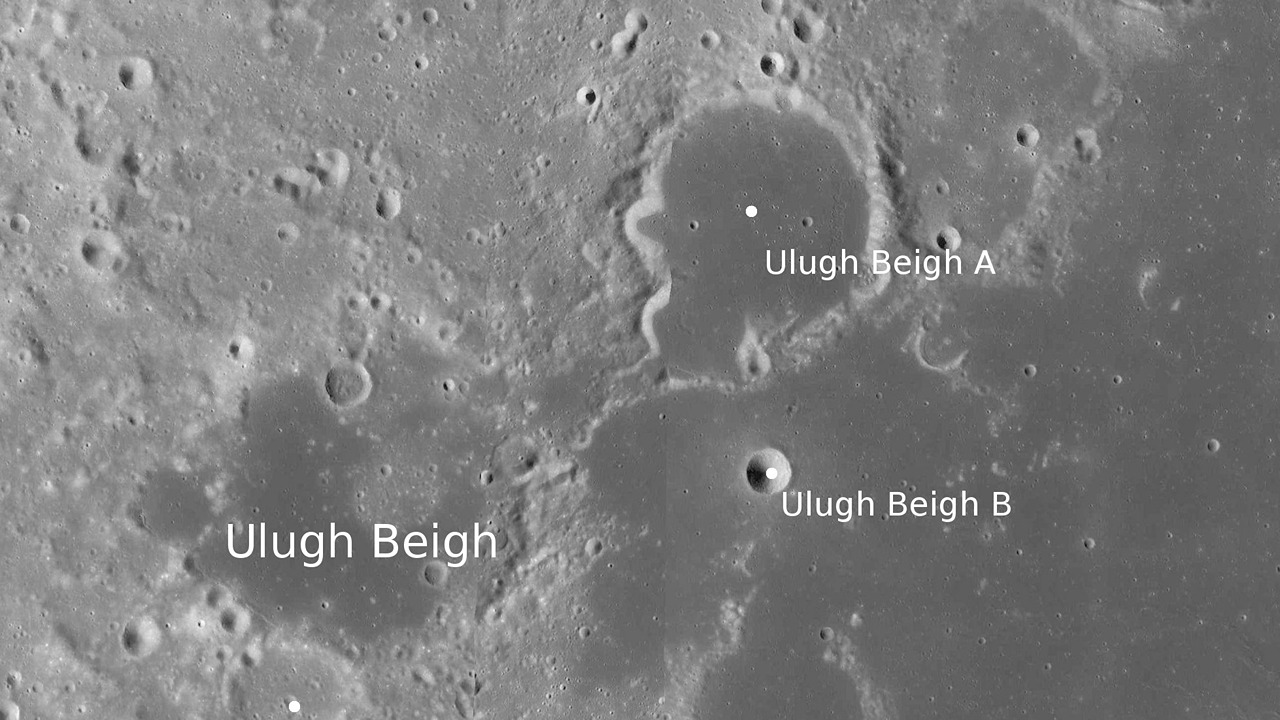
located on the northwestern edge of the Moon and This crater, 48 km in diameter, It is very difficult to observe because it is very close to the edge of the Moon’s visible side. The inner edges of the ring-shaped mountain are narrow and small hills are lined on it. There is another pointed mountain on the floor of the crater and in the middle. Uluğ Bey group consists of 5 craters, one of which is a mountain range.
5- Biruni
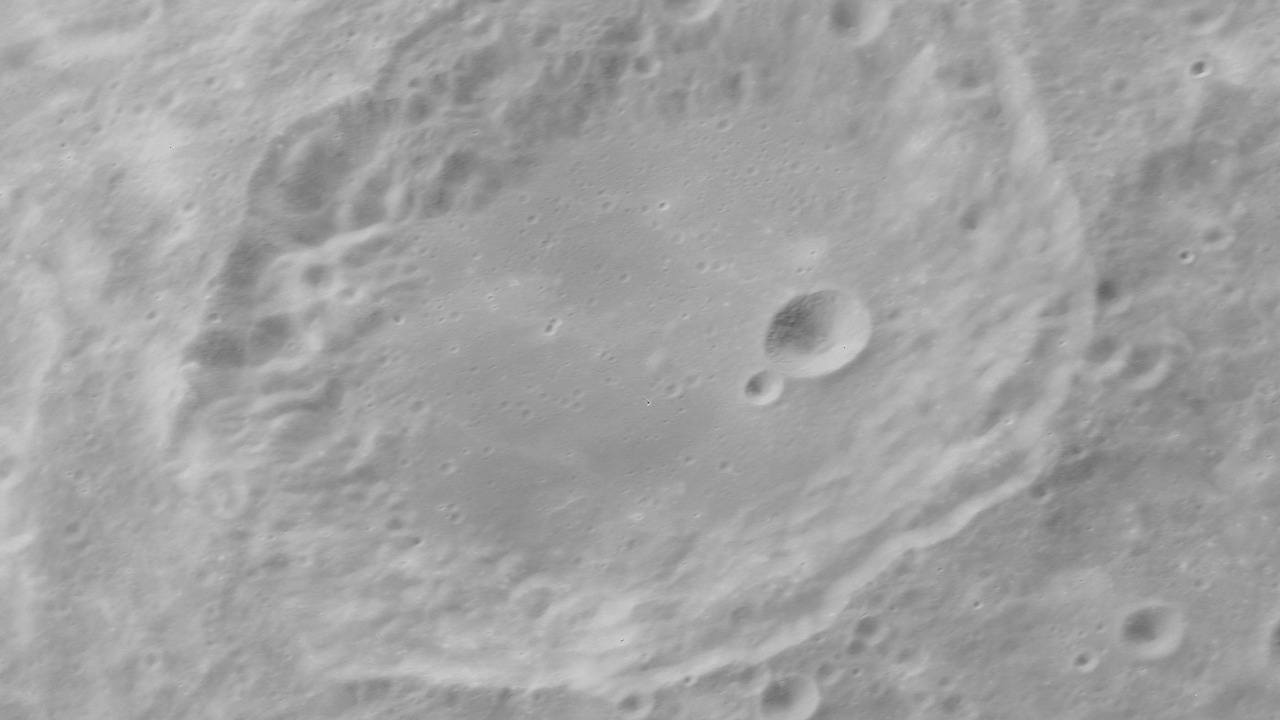
The world’s most productive and has produced works in many disciplines, Biruni, the scholar who revealed the first of “everything”; He has said everything, from the Earth’s roundness and revolving around the Sun to the evolutionary approach that organisms change shape over time, from the existence of the Americas to the Moon being Earth’s satellite. In the history of science, the 11th century is also called the Biruni Age. Its crater on the lunar surface is located exactly at 17 degrees north parallel, 92 degrees east longitude.
6- Ibn Sina
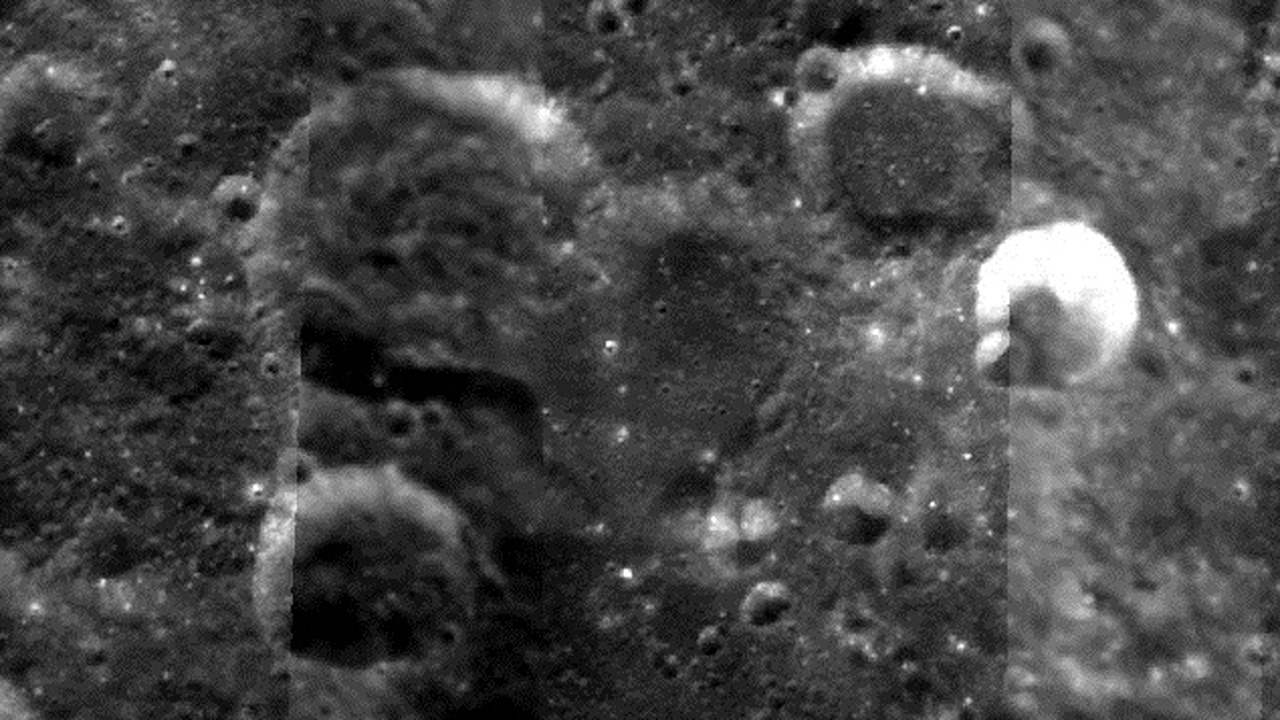
Known by the Western world as Avicenna The crater named after Ibn Sinaeroded over time and is difficult to observe. Although a large part of it has been deleted, its main lines can be noticed. On the southern edge of the crater, there are many large and small craters.
7- Nasiruddin Tusi
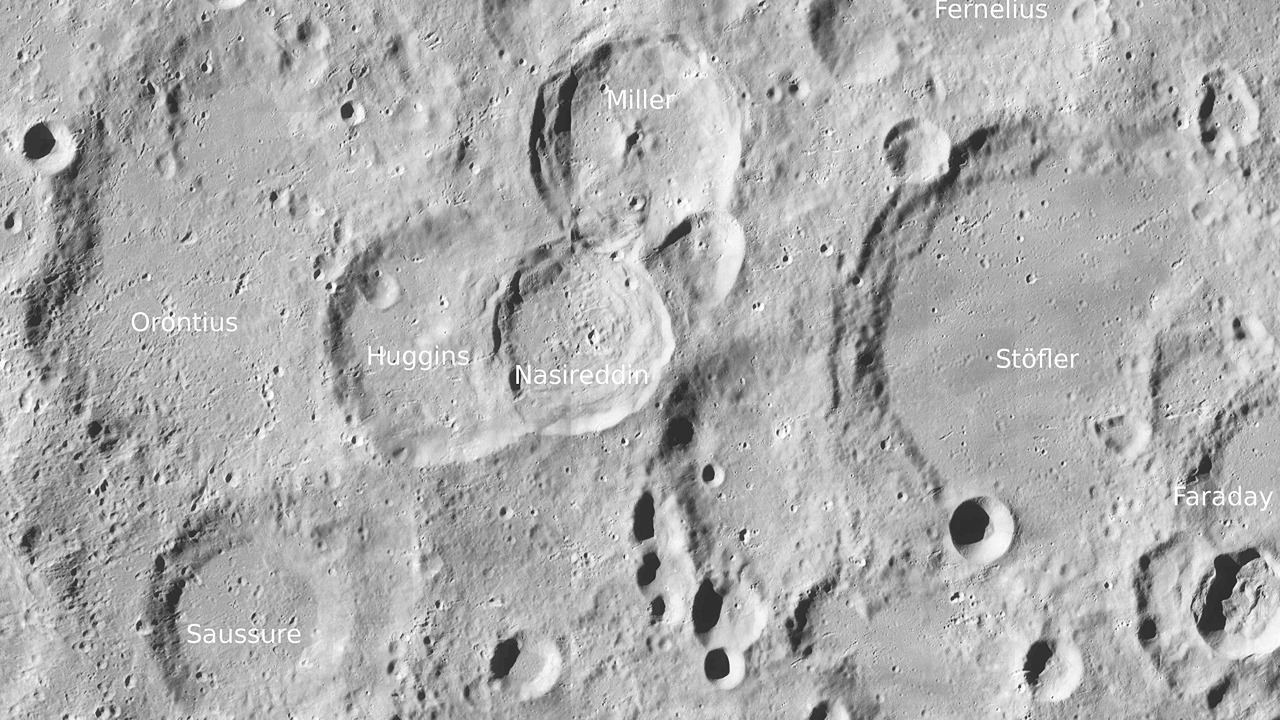
Known in history as the “Turk who founded the first observatory of Azerbaijan” The name of the great astronomer Tusi of Khorasan, located in a giant crater in today’s southern hemisphere of the Moon. It lies exactly between 41 degrees south and 12 degrees east longitude.
8- Halide Edip Adıvar
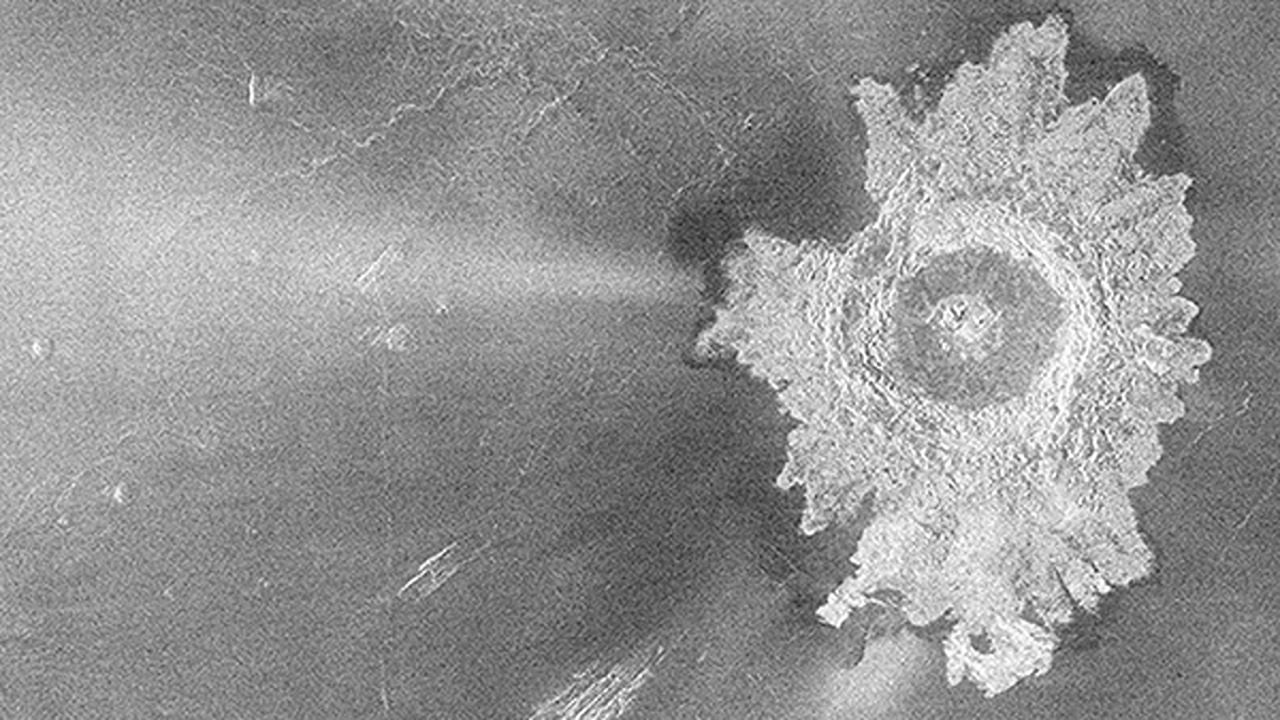
The crater, named after Halide Edip Adıvar, is named after only women. in the female planet Venus is located. Located in the north of the Western Aphrodite Mountains, the crater is surrounded by bright materials that can be easily observed.
9- Mihri Hatun
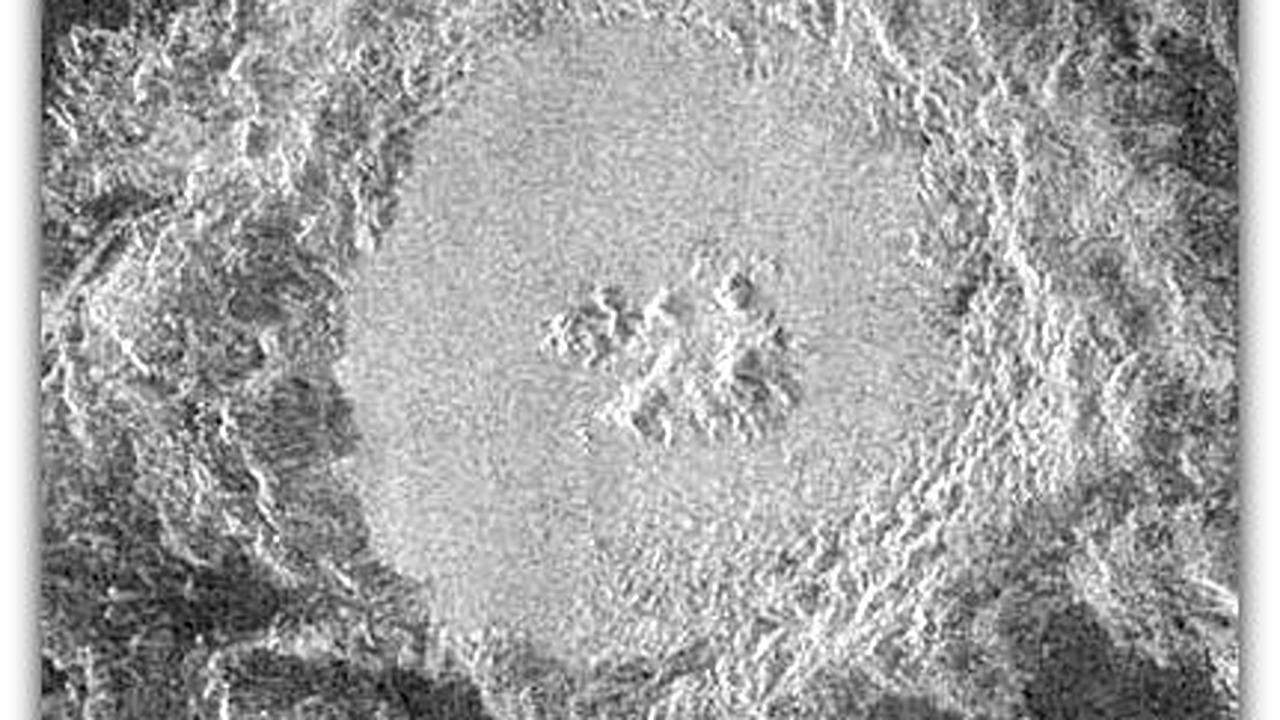
Ottoman poet Mihri Hatun’s name is just like Halide Edip Adıvar. He lives in a crater on Venus. It is a crater with a diameter of 40 kilometers between exactly 40 degrees north latitude and 87 degrees west longitude.
10- Mimar Sinan
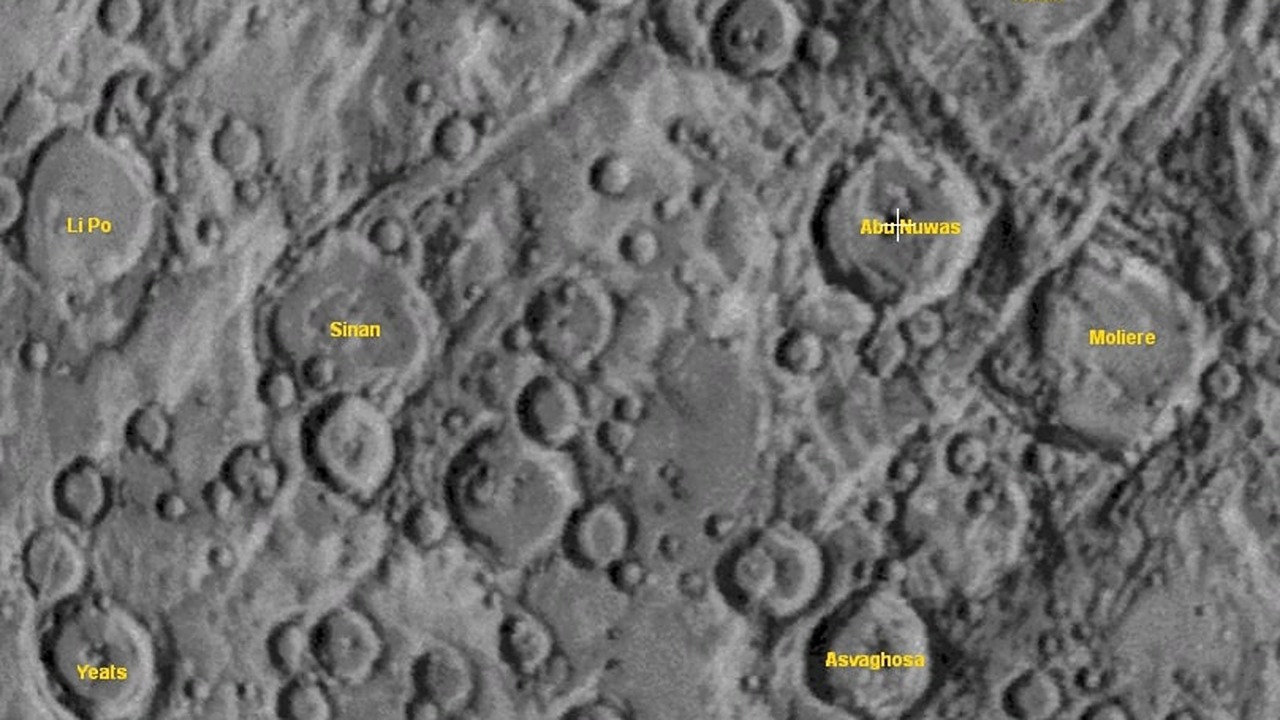
Craters on Mercury are named after artists, painters, musicians and writers from various cultures of the world who have left their mark on history and have been famous for at least 50 years. Mimar Sinan is one of them. It is located in a 147 km diameter crater on the surface of Mercury. It is located between longitudes 15.5 degrees north and 29.8 degrees west.
11- Sabri Berkel
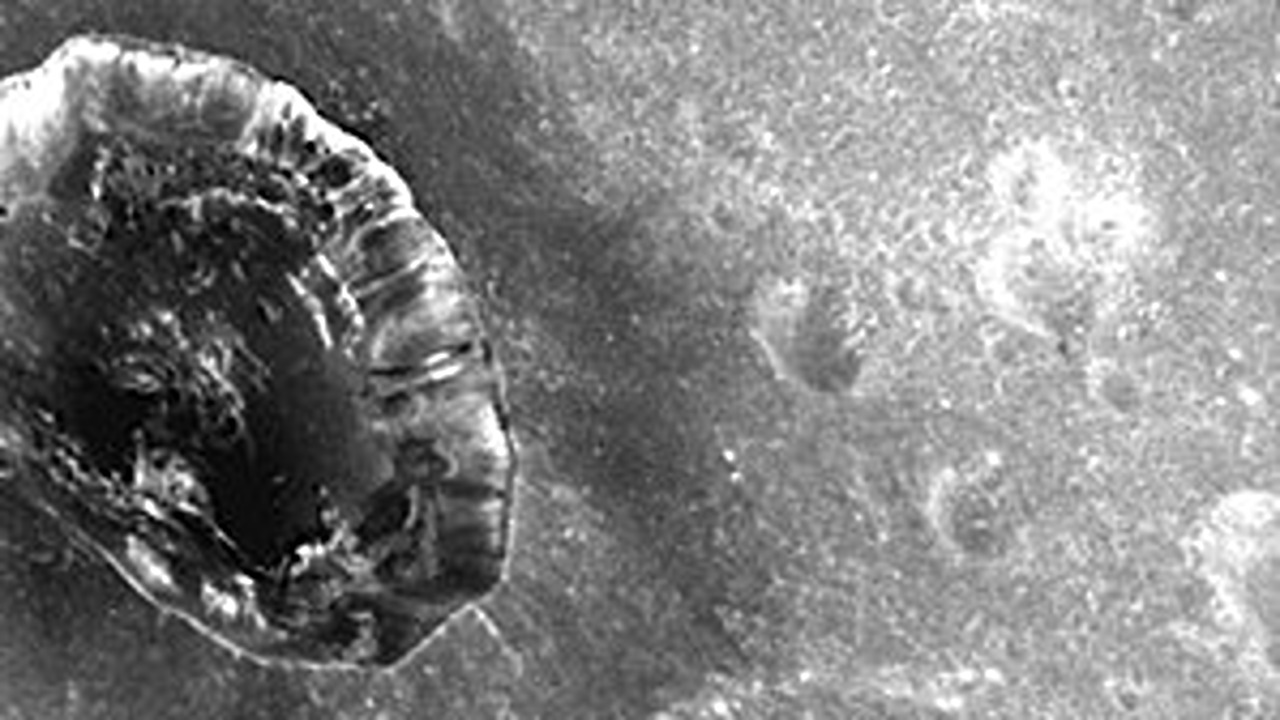
Turkish painter born in Skopje Sabri Berkel is one of our artists living on Mercury. Berkel is 21 kilometers in diameter and contains dark matter in the middle of the crater. Only Berkel crater is dark in the middle, while other craters around the bright ridge crater are also bright. The reason for this darkness is still being investigated.
12- Ankara
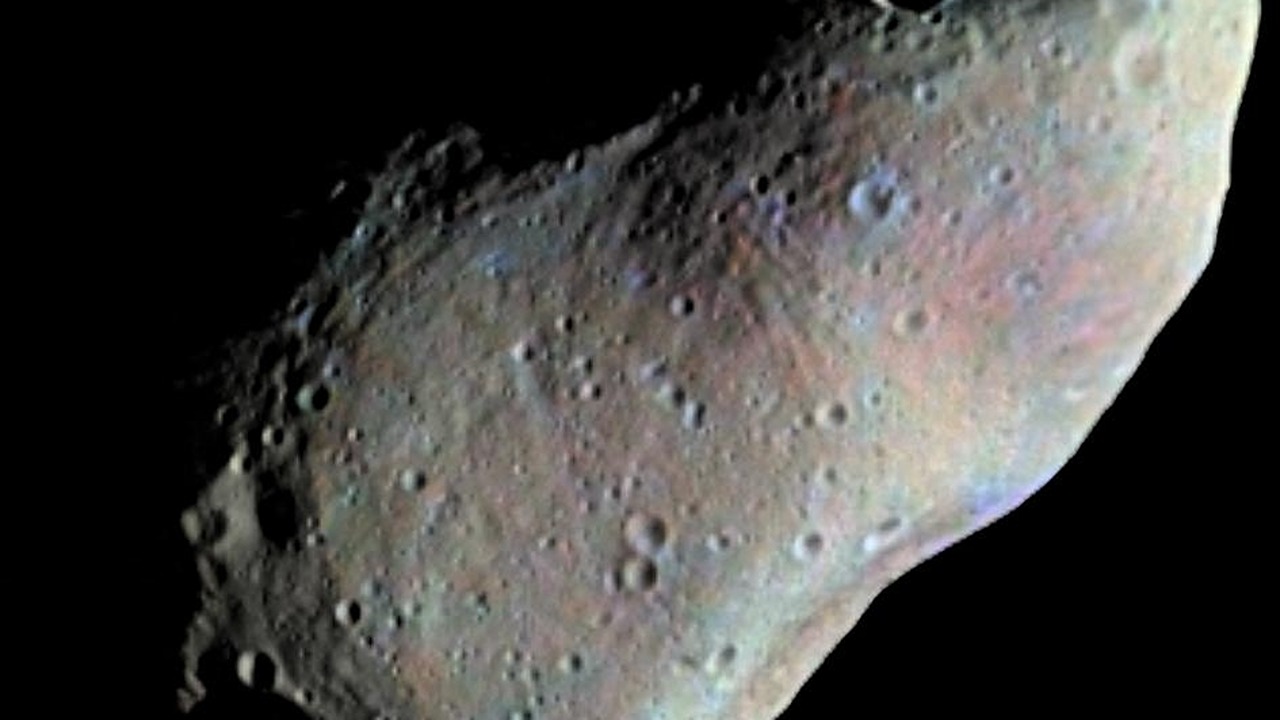
Celestial bodies are called by the names given by the discoverers. Working as a lecturer at Ankara University, Department of Astronomy in 1948, German astronomer Prof. The asteroid found by Reinmuth was named “Ankara”.
13- Dumlupinar
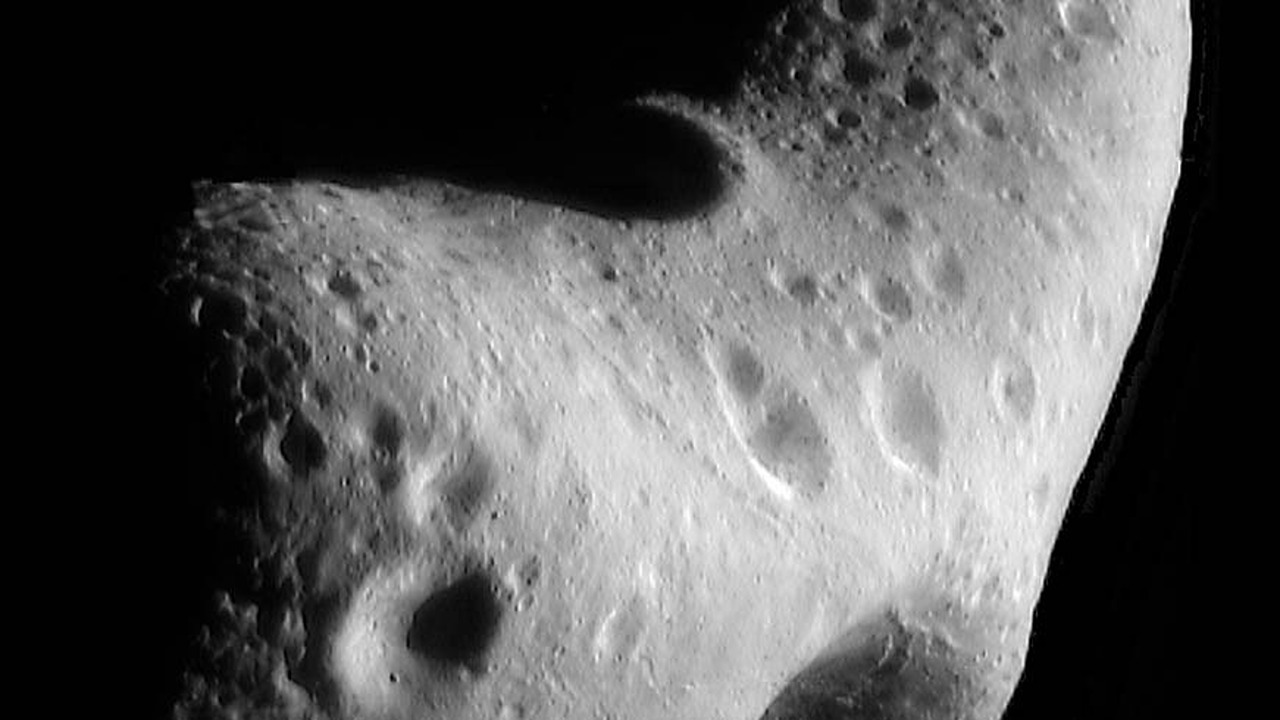
Dumlupınar is the name of one of the planets orbiting in the vacuum of space. In 2003, an asteroid found by Muazzez Kumrucu Lohmiller, who was assigned to the IAU, collided with a Swedish ship on April 4, 1953. The name of the ship “Dumlupınar”, which sank in the Dardanelles, was given.
14- Sinop
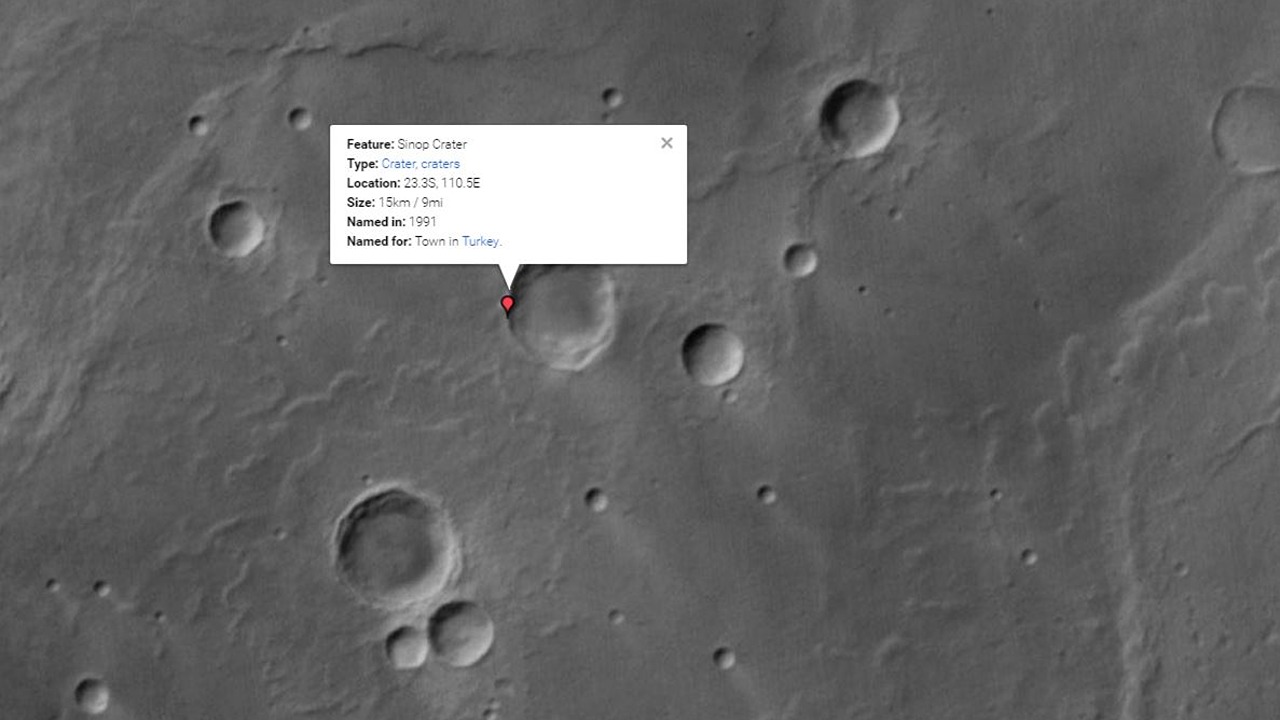
At coordinates 23.5 south, 249.5 west is located. 15 kilometers in diameter. It was given this name in 1991.
15- Tarsus
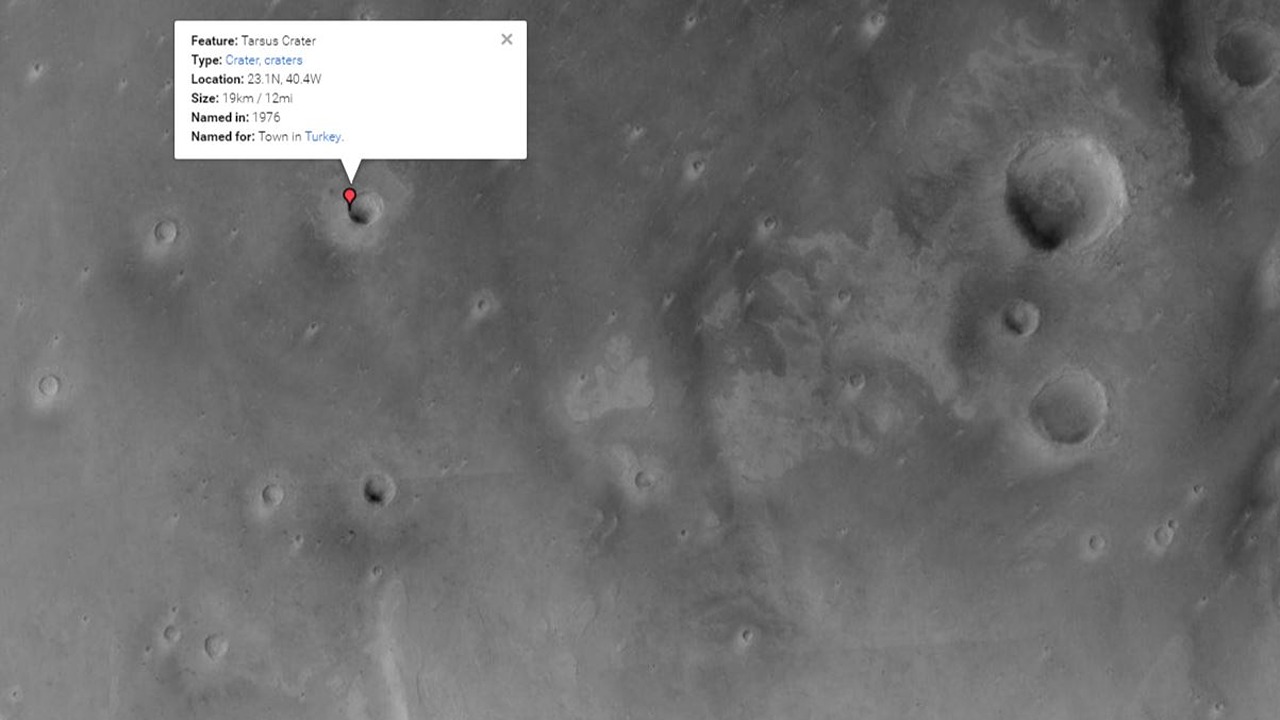
At coordinates 23.3 north and 40.3 westA crater with a diameter of 19 kilometers. It was given this name in 1976.
We see that these namings are within the basic rules and historical accumulation is also important at this point. Care is taken not to use political or military names in the naming, to be one word and easily readable, and not to exceed 16 letters.
Appearing on the surface of the Moon, Mars and Venus bumpy, light and dark areas The names of important Turkish scientists, given to many of them and even to many points in the depths of space, will proudly live in space forever.
RELATED NEWS
Developed Artificial Intelligence That Can Count Craters on the Moon’s Surface: More than 100 Thousand Listed One by One
RELATED NEWS
What Are The Big Black Spots We See On The Moon? (No, Not Crater!)
RELATED NEWS
